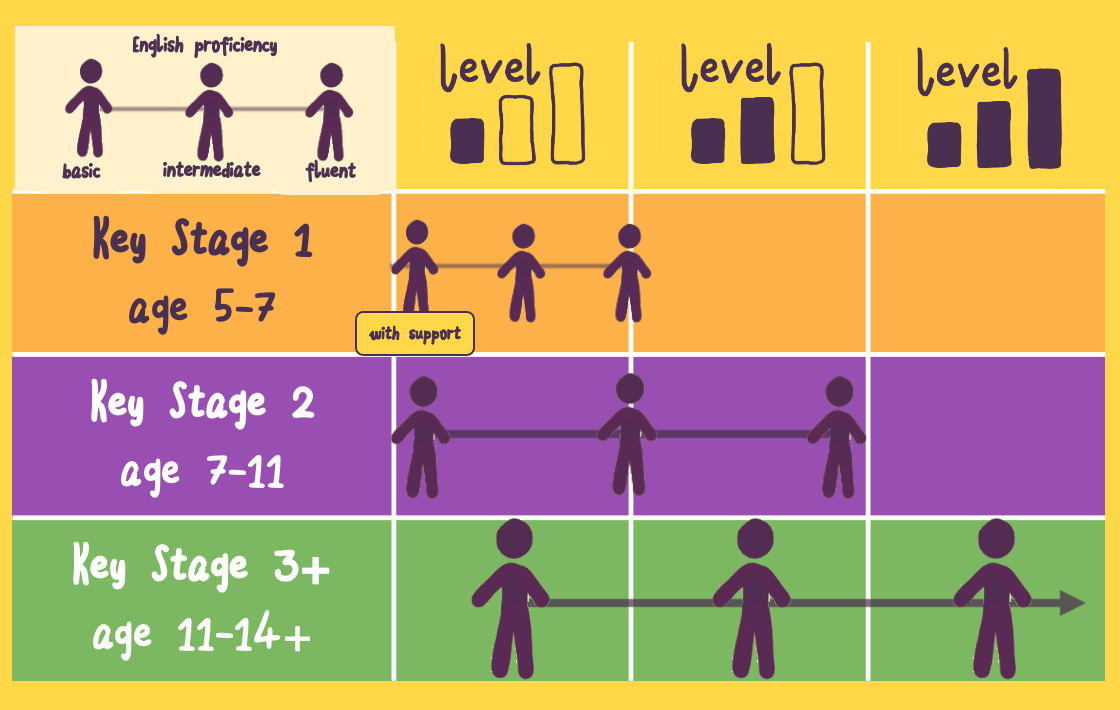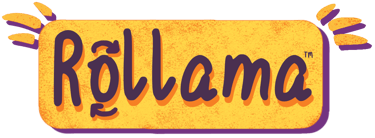How to differentiate your English activities for all age groups
Defining difficulty levelling for 5-14+ year olds of all proficiency levels
GENERAL
Choosing the right question to ask
Getting the difficulty level of questions just right is one of the hardest and most important skills in teaching. Questions are the backbone of most lessons and probably the most frequently-used tool in our toolbox.
How to best serve an age range from 5 to 14+
There is no settled science to define levels of progress - certainly not the arbitrary National Curriculum levels of yesteryear.
Though we instinctively know a harder question from an easier one, there are many shades of grey. Take for example spelling "shun" word endings: you may agree with our ordering of 'action', 'submission' and 'accumulation' into three levels of difficulty, simply by the frequency of their usage.
Then, does 'amalgamation' deserve another category? 'Version'? We could make five categories. We could make 10, but that would suggest a spurious degree precision that appears more scientific than it is possible to be.
Language learning isn't strictly modular, nor can we pretend it has self-contained buckets of rules and concepts which stay within neat boundaries.
Let's keep things simple:
We think three levels gives enough flexibility to serve a wide age range when coupled with teacher input and guidance. Some students will naturally fall between two levels, or require support to access a level. With a continuum of fluency and 11+ year age span, it's hard to imagine it being any other way.
We see it like this:


